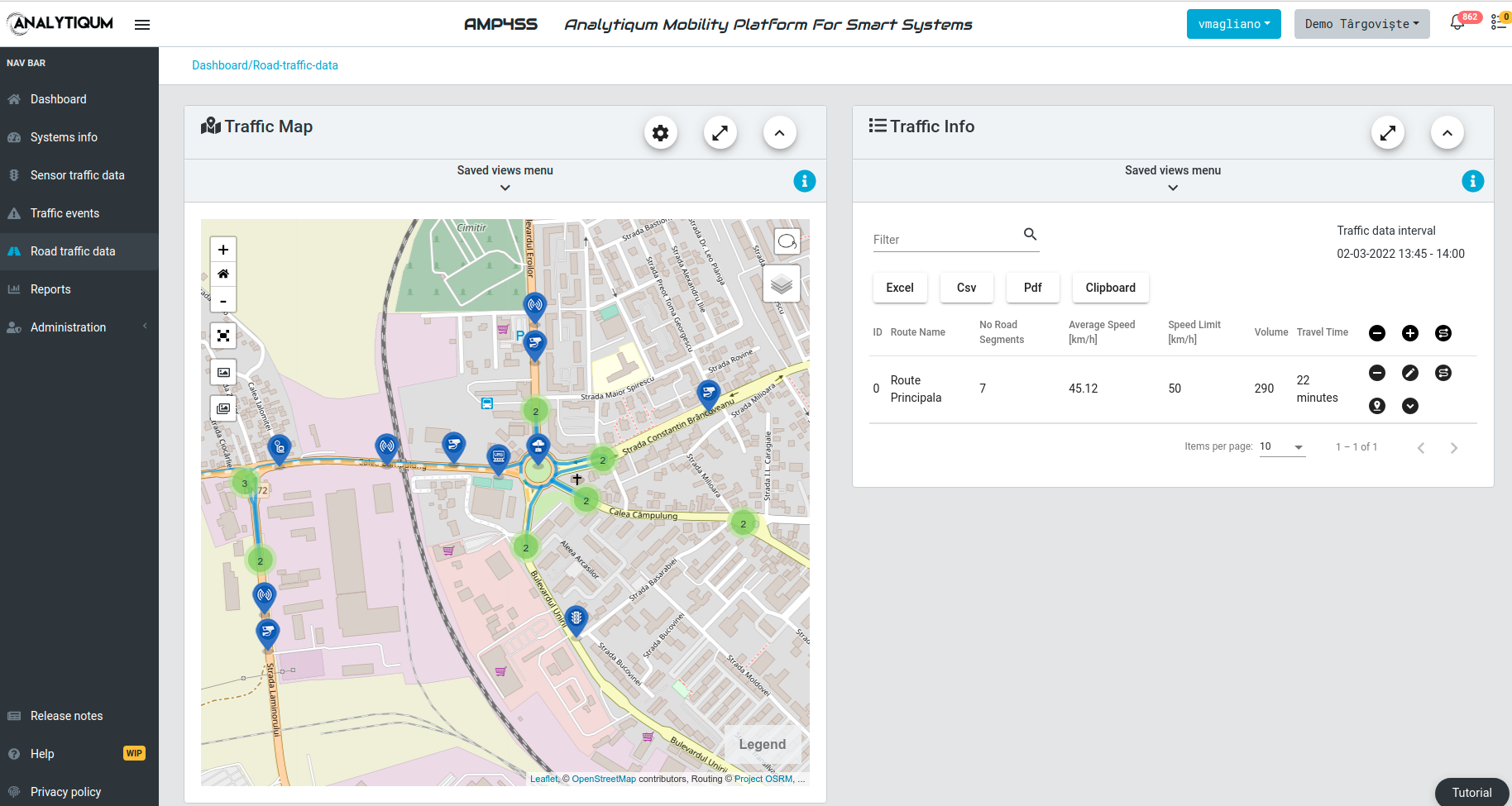Traffic congestion is a problem that most cities face. While there are many possible solutions, one method that has shown promise is the use of the (PHF) Peak Hour Factor. The Peak Hour Factor (PHF) measures traffic flow at different times of the day and uses this data to help planners better manage traffic conditions. By using the PHF, cities can make small adjustments to traffic patterns that can result in a large improvement in traffic flow.
The Peak Hour Factor (PHF) is a metric that compares the traffic volume during the busiest 15 minutes of the peak hour to the overall volume throughout the peak hour. It is a measure of how busy a road or intersection is during peak hours.
The Peak Hour Factor (PHF) can be used to help improve traffic conditions by modifying signal timing or by providing additional resources (such as police officers or construction crews) during peak hours.
The Peak Hour Factor (PHF)is calculated by dividing the number of vehicles that pass through an intersection or stretch of road during the peak hour by the number of vehicles that would pass in the 15 min peak volume within that hour, multiplied by 4.
The PHF closer to 1 means the traffic flow is consistent in the peak hour, and the PHF closer to 1 means the traffic flow has spikes.
The Peak Hour Factor (PHF) is a valuable tool that can help improve traffic conditions in cities. By using the PHF to make small adjustments to traffic patterns, cities can see a large improvement in traffic flow.
One example of how the PHF has been used to improve traffic conditions is in the city of Los Angeles.

In Los Angeles, the PHF is used to adjust traffic signal timing. By using the PHF data, planners can make small adjustments to traffic patterns that help reduce congestion and improve traffic flow.
Peak Hour Factor Analysis Document for Los Angeles
In Dubai, the PHF was used for a Traffic Impact Study plan for a new road facility.

By understanding how traffic flows at different times of the day, planners were able to design a road that would be better able to handle the traffic. This helped reduce congestion and make it easier for people to get where they needed to go.
Peak Hour Factor (PHF) for Dubai facility
The PHF is a number that shows how crowded the roads are. The higher the number, the more crowded it is. The PHF can be used in other ways to help improve traffic conditions. For example, if there is a high PHF, the city can put more buses on the road or open up more lanes for cars.
The PHF can also be used to help plan new roads or make changes to existing ones. By understanding how traffic flows at different times of the day, planners can design roads that will be better able to handle the traffic. This can help reduce congestion and make it easier for people to get where they need to go.
The PHF is not the only factor that can help improve traffic conditions. The city also has to consider the time of day, the day of the week, and events that may be happening in the area. However, the PHF is a good indicator of how crowded the roads are and can help the city make decisions about how to improve traffic conditions.
The PHF is a valuable tool that can help improve traffic conditions. However, it is just one part of the puzzle. The city also needs to consider other factors when making decisions about how to improve traffic conditions.
The PHF is a valuable tool that can help improve traffic conditions. However, it is just one part of the puzzle. The city also needs to consider other factors when making decisions about how to improve traffic conditions.
Please see the following links for additional information on the PHF and how it is utilized to improve traffic flow:
HCM Guide – The Peak Hour Factor (PHF) Explained
FHWA – Traffic Data Computationmethod Pocket Guide
Our AMP4SS analytics platform is able to provide the peak hour factor (PHF) for the cities.

Please book a 30 min call by contacting us today!

